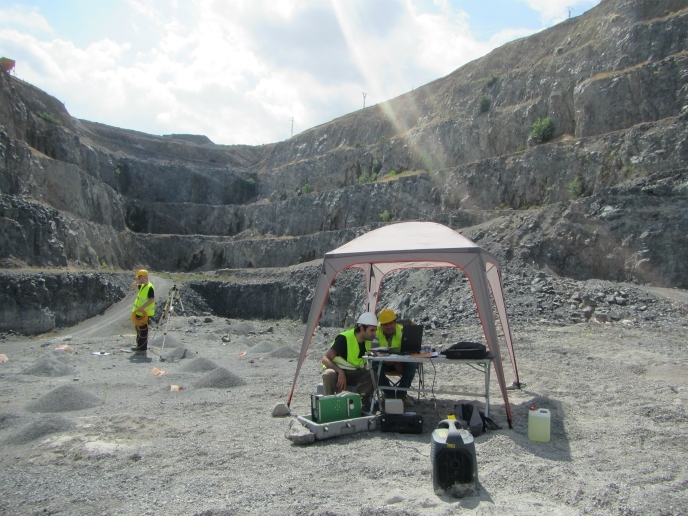Innovative learning method for robots to work and collaborate with humans
To manage working in changing environments and performing a broad range of tasks, robots need to be provided with systems that enable them to constantly learn new skills and adapt their existing ones to new settings. They must also be able to collaborate with human partners in dynamic environments. To address these challenges, the EU-funded CONVERGE(opens in new window) (Convergent human learning for robot skill generation) project set out to improve on a proposed framework for the generation and adaptation of learned robot skills models. Overall, the aim was to make this robot skills learning approach much more effective by having the robot learn at the same time as the human operator. CONVERGE project focused on two human-in-the-loop learning problems, namely effective skill transfer to robots, and shared control. For the former, simultaneous human and robot learning has been investigated for autonomous controller synthesis for several sample robotic tasks, such as cart-pole swing up and balance, and ball speed up on a beam. The results show that within the simultaneous learning framework, convergent learning is possible with dynamic control sharing, and the obtained autonomous controllers perform better than the usual sequential human-in-the-loop learning. It can be stated that although simultaneous learning initially may feel harder for naïve subjects, their performance can be used to generate autonomous policies with improved performance. This is achieved through a smooth shift from full human guidance to shared control and finally to full autonomous control. In the second focus area of shared control, anthropomorphic robots were used. In the ball balancing task, the goal is to balance a ball placed on a tray attached to the end effector of a robotic arm. The task is shared between the human and the robot; so both agents try to achieve the goal, albeit the fact that the robot needs to infer the goal of the human partner by observing his/her behaviour. Although, this creates a complex coupled man-machine system, the experimental results indicate that human adaptation creates a shared control system that exploits the best parts of the human and the robot control, i.e. ball can be balanced faster than the human alone and with a higher accuracy than the robot alone. Interestingly, further experiments show that human learning is facilitated in the shared control condition despite the fact that a more complex problem compared to teleoperation of a passive robot has to be solved. Finally, a variant of the shared control system in which human is responsible for arm control, and the robot is responsible for finger control, is utilized for autonomous skill synthesis of swapping balls with an anthropomorphic robotic arm-hand system, demonstrating the versatility of the human-in the-loop robot control for shared control and skill synthesis. Overall, the CONVERGE framework has the potential to revolutionise the design and programming process of robotic systems for enabling them to work and collaborate with humans by synergistically combining the skills of both partners for better performance.







